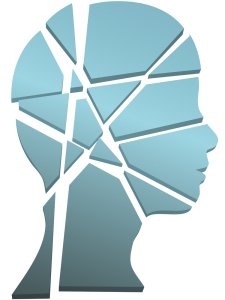 As expectant parents eagerly await the birth of their children, the possibility of a birth injury is likely the furthest thing from their thoughts. Unfortunately, many children are born with a birth injury in Annapolis, such as brain damage. This type of birth injury may result from oxygen deprivation to the baby’s brain during labor and delivery, and sometimes it may be caused by medical malpractice. A severe injury may require intensive medical care, perhaps for the child’s lifetime. Consider talking to medical malpractice lawyers if your child was born with brain damage.
As expectant parents eagerly await the birth of their children, the possibility of a birth injury is likely the furthest thing from their thoughts. Unfortunately, many children are born with a birth injury in Annapolis, such as brain damage. This type of birth injury may result from oxygen deprivation to the baby’s brain during labor and delivery, and sometimes it may be caused by medical malpractice. A severe injury may require intensive medical care, perhaps for the child’s lifetime. Consider talking to medical malpractice lawyers if your child was born with brain damage.
Bodily Disfigurement
One of the possible consequences of brain damage in infants is bodily disfigurement. Sometimes, the infant will have an unusually small head with a large forehead. Atypical facial features and stiffness of the neck are other possible indicators of this type of birth injury.
Behavioral Issues
New parents of infants with brain damage may note behavioral issues, such as excessive crying and fussiness. The child may have difficulty sleeping. He or she may also have problems with feeding.
Cognitive Impairment
As the child grows older, it’s not uncommon for developmental delays to become apparent. The child may experience problems with knowledge retention and information processing. He or she might have difficulty with verbal or written expression, impulse control, concentration, and attention. A child with this type of birth injury may struggle in school.
Physical Challenges
Other possible consequences of brain damage at birth include physical symptoms such as excessive fatigue, sensitivity to light, and sleeping disorders. Brain damage may even cause tremors and paralysis. During the first few years of the child’s life, parents might notice that he or she does not meet typical developmental milestones. These include the ability to support him-or herself while sitting upright, along with pulling him- or herself to a standing position. Crawling, feeding independently, walking, and running are other activities that may present a problem for these children. The child may require ongoing care because he or she cannot perform self-care activities.